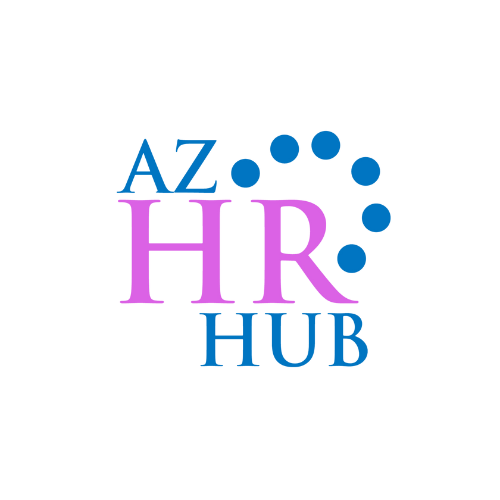Multiple Federal Agencies Collaborate
On September 13, 2023, signatories from the Wage and Hour Division (WHD) and the Equal Employment Opportunity Commission (EEOC) agreed to a Memorandum of Understanding (MOU). This MOU has far-reaching implications for employers across the United States, as these respective agencies charged with enforcing federal employment law have now agreed to significantly greater collaboration.
To draw context to this news, it’s important to understand that these federal agencies are charged with enforcing federal statutes. The Wage and Hour Division, of the Department of Labor, is charged with enforcing the Fair Labor Standards Act (FLSA), the Davis Bacon Act (dealing with Federal Contractors), and related provisions pertaining to compensation, hourly pay, and overtime exempt/ non-exempt classification. Alternatively, the EEOC is charged with enforcing the Equal Pay Act, Title VII of the 1964 Civil Rights Act, and other laws pertaining to discrimination in the workplace.
The MOU between these agencies establishes a few main changes: (1) free sharing of information, (2) coordinated and join-investigation, and (3) establishing joint-outreach and training to better enforce each agencies federal mandate. The first of these practices, i.e. the free sharing of information, includes referrals from one agency to the other when it is deemed the report falls under the other agencies jurisdiction (compliant with the Privacy Protection Act, as permitted by the Freedom of Information Act). Therefore, enforcement will not be hindered by the reporting of potentially unlawful practices to the incorrect agency.
The Second of these changes within the MOU, i.e. coordination of investigations, will grant agency investigators authority to advise complainants of which agency would pertain to the particular facts of the case. Added to this, in matters where both agencies have jurisdiction over a case, a process where one agency will hold off enforcement (i.e. holding the case in abeyance) has been established.
Lastly, interagency training practices will be established (including training materials) in order to increase the capacity of agents to understand the mandate of the alternate agency. In doing so, agents form the WHD will be trained to recognize behavior that falls outside their jurisdiction but recognize when it falls under the EEOC’s mandate- and vice versa.
Greater cohesion between these federal agencies should put employers on notice that non-compliant employment decisions will face both greater scrutiny and be investigated/ prosecuted more efficiently. Therefore, it is more imperative than ever to maintain a competent Human Resources capacity regarding employment-related matters.
Source:
EEOC (September 13, 2023). Memorandum of Understanding Between the U.S. Department of Labor, Wage and Hour Division and the U.S. Equal Employment Opportunity Commission. Retrieve from: https://www.eeoc.gov/memorandum-understanding-between-us-department-labor-wage-and-hour-division-and-us-equal-


